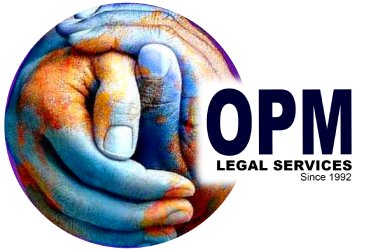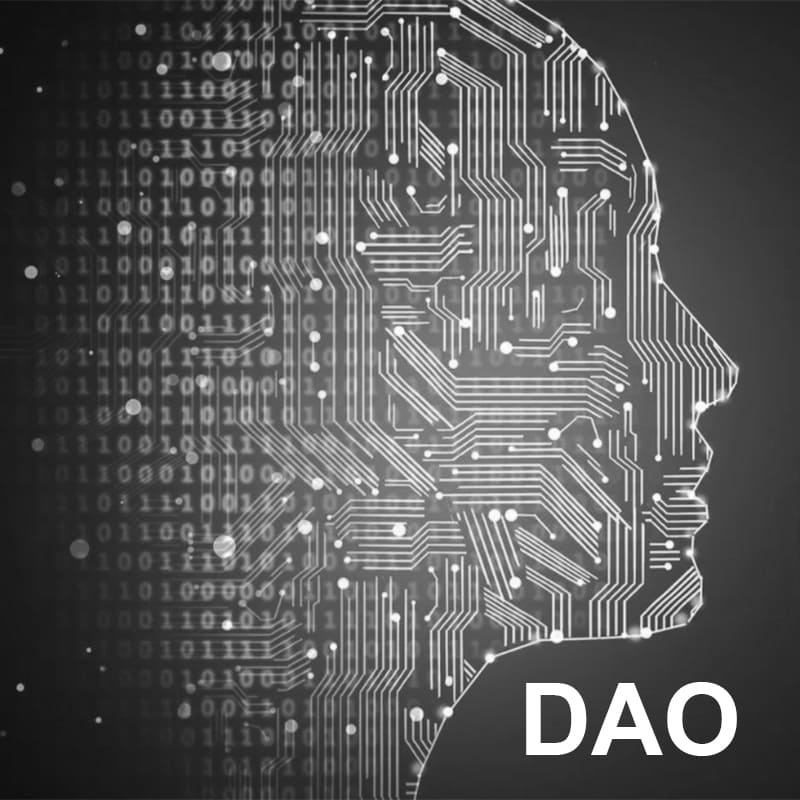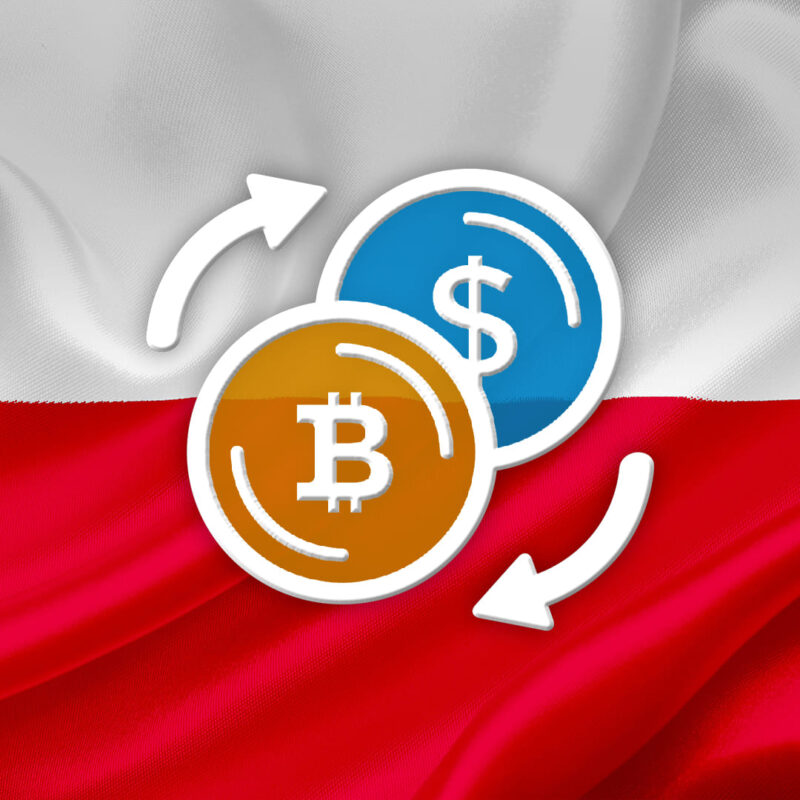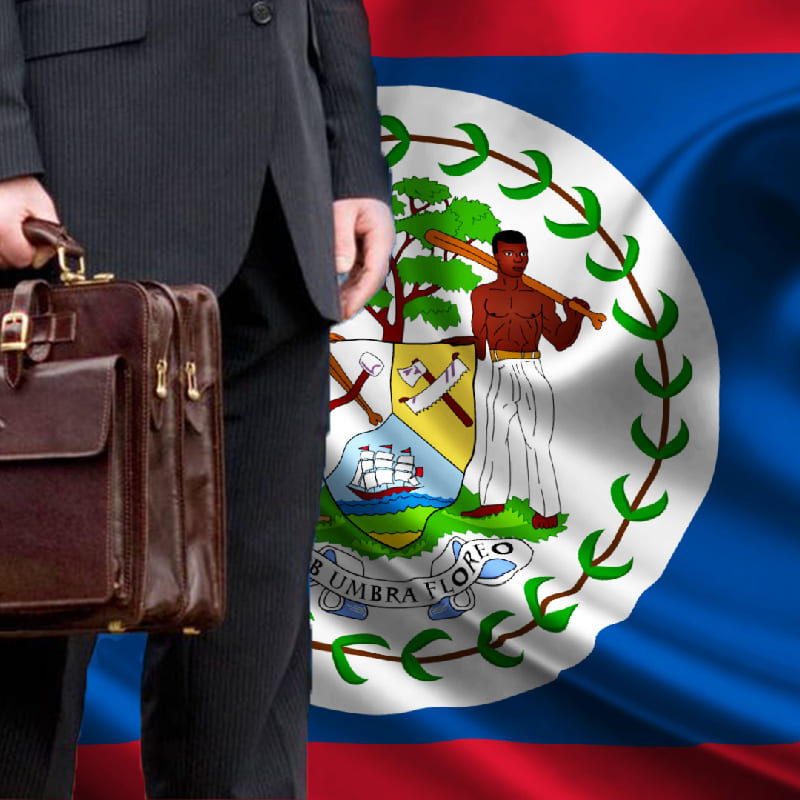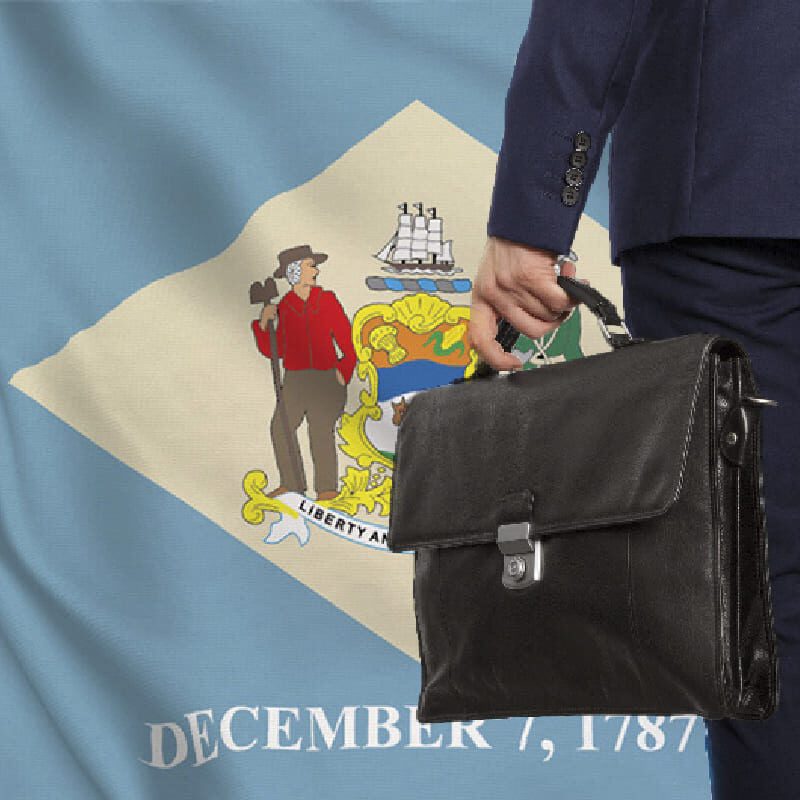What is a DAO and how to create one?
DAO stands for a Decentralized Autonomous Organization and can be converted into a legal entity
Just like with cryptocurrencies, the idea behind DAOs is that entities can fully function without hierarchical management. Therefore, every innovative idea from DAO members can be presented and considered by the entire organization.
DAOs do not require a physical space to function. For instance, the starting point of the DAO may range from a tweet, to a Telegram channel or a Discord server. The goal is to bring the initiative to the attention of as many people as possible. An attractive proposal will attract more Internet users who will be interested in joining the organization.
What does a DAO need to function?
A DAO has a set of pre-programmed rules that control its operation. These rules are encoded in a smart contract. This software exists autonomously on the Internet. Nevertheless, it requires members of the DAO to perform tasks that the software cannot perform on its own. Smart contracts run on the Ethereum blockchain.
Upon formalizing the rules, the DAO will need to fund itself. This is done by issuing tokens, which can be used by the organization or used as rewards for certain activities that are executed within the DAO. In addition, when DAO members invest in the tokens, they gain voting rights. They are later given the option to exercise influence on the operation of the organization.
DAO, an incorruptible organization
Once the funding is completed, the DAO becomes a fully autonomous and independent organization, both from its creators and from any other person. This organization is open source. All financial rules and transactions are recorded on the blockchain. This makes a DAO transparent and incorruptible.
Once it is up and running, any decisions on how and where to spend the funds obtained with the tokens are made by consensus. Members who purchased their stake in the DAO by means of tokens, have the right to make proposals on the future of the organization.
Afterwards, all members vote on the proposal. Each DAO action will have to be supported by a majority of members. The percentage needed to achieve that majority will depend on each DAO. This is established in the rules of the smart contract.
How to invest in a DAO?
It is relatively simple to buy tokens from a DAO. Each DAO may establish which cryptocurrencies it will accept for its tokens. The most used is Ether. Once you have tokens, you earn the right to make proposals and vote. The more tokens you acquire, the more voting power you will have.
Criticism of DAOs
One of the disadvantages of DAOs is that they are a non-hierarchical structure, according to the MIT Technology Review. In the view of this publication, relying on the masses to make relevant financial decisions is a very bad idea. Furthermore, DAOs are not a legal figure. A legal figure is an activity, document or any other concept that is governed by laws.
For this purpose, our law firm converts your DAO into a legal entity. It is known as a juridical person, a fictitious person capable of exercising rights and contracting civil obligations, and of being represented judicially and extrajudicially. There are two types of legal entities: companies and foundations.
Here is an example of a basic project where we can guide you from A to Z for just 9,999 EUR
Do you want to create a DAO? We have a proposal for you. A basic DAO project includes: the smart contract, registration of the DAO using an offshore company or foundation (extra cost), registration of the DAO on the blockchain with NFT, creation of the token, implementation on the blockchain as detailed below.
Legal aspect – includes offshore company, smart contract study and registration of the DAO with NFT.
Technical aspect – does not include server, domain or website (which we can quote separately).
Includes:
- Creation of a BEP20 token (works on the Binance Smart Chain).
- Token purchase system (you send USDT in exchange for Tokens). The contract holder (DAO) has the right to:
- Decide, at the moment you make the order the number of tokens that are available for sale at any given time, limited to the quota of tokens that are NOT assigned to anyone.
- Decide, at the moment you make the order, the number of tokens to be self-allocated. Default: 51%.
- Decide, at the moment you make the order, how many tokens make up the total supply. Example: 1 million tokens.
- Decide the prices at which the token will be sold, expressed in USDT.
- Possibility of making proposals: this power may (optionally) be the sole prerogative of the contract beneficiary or of any owner of the token. It must be decided at “moment 0”.
- Possibility for token owners to vote on proposals. The weight of each vote is directly proportional to the number of tokens held by the voter.
- All questions will be binary only (“Do you want to save the pandas?”: YES / NO).
- The vote is valid if the votes cast represent at least 51% of the EXISTING tokens.
Management of DAO funds
- If desired, the result of the vote can generate a transfer of funds (USDT) from the “safe” to the contract owner’s wallet. This must be specified during the question formulation phase. The beneficiary will then MANUALLY use the funds to fulfill the purposes for which they were allocated.
- The period of validity of the questions must be established in advance. As an example, voting is only possible for 7 days. The duration of the question can be configured at the time it is asked.
- The interface will be a “White-label”, developed with Vue3. The top section will include a white navigation bar (or an alternative color of the client’s choice), which will include the project’s logo and the main navigation links (not customizable). It is supposed to be implemented in “stand-alone” mode, that is, independent mode, on a subdomain of the main site. Therefore, there is no need/possibility to integrate the interface into pre-existing graphical elements.
- The application (dAPP) utilizes smart contracts as back-end and therefore has no connection to the database or the client’s server.
The costs of launching the DAO and the front-end (website) vary depending on the specifications.
- The interface does not include SEO, texts, images, project presentation, FAQs, guides, support materials…. Nor other static parts that are not strictly related to the interaction of the DAO smart contracts.
- The project may include the installation of the project on a Linux server (VPS) (server cost not included) in a Nginx + Node.js environment, with prior permission of SSH access to the server by the customer, for the benefit of the subscriber.
- The project does NOT include the management of subdomains (for instance, redirection to the server) or SSL certificate management.
- If the customer decides not to make use of the service described in point 12, we will deliver the folder containing the program code and the customer will install the program directly in a 100% autonomous way, with the option to choose the type of cloud infrastructure and the technological stack he/she prefers.
